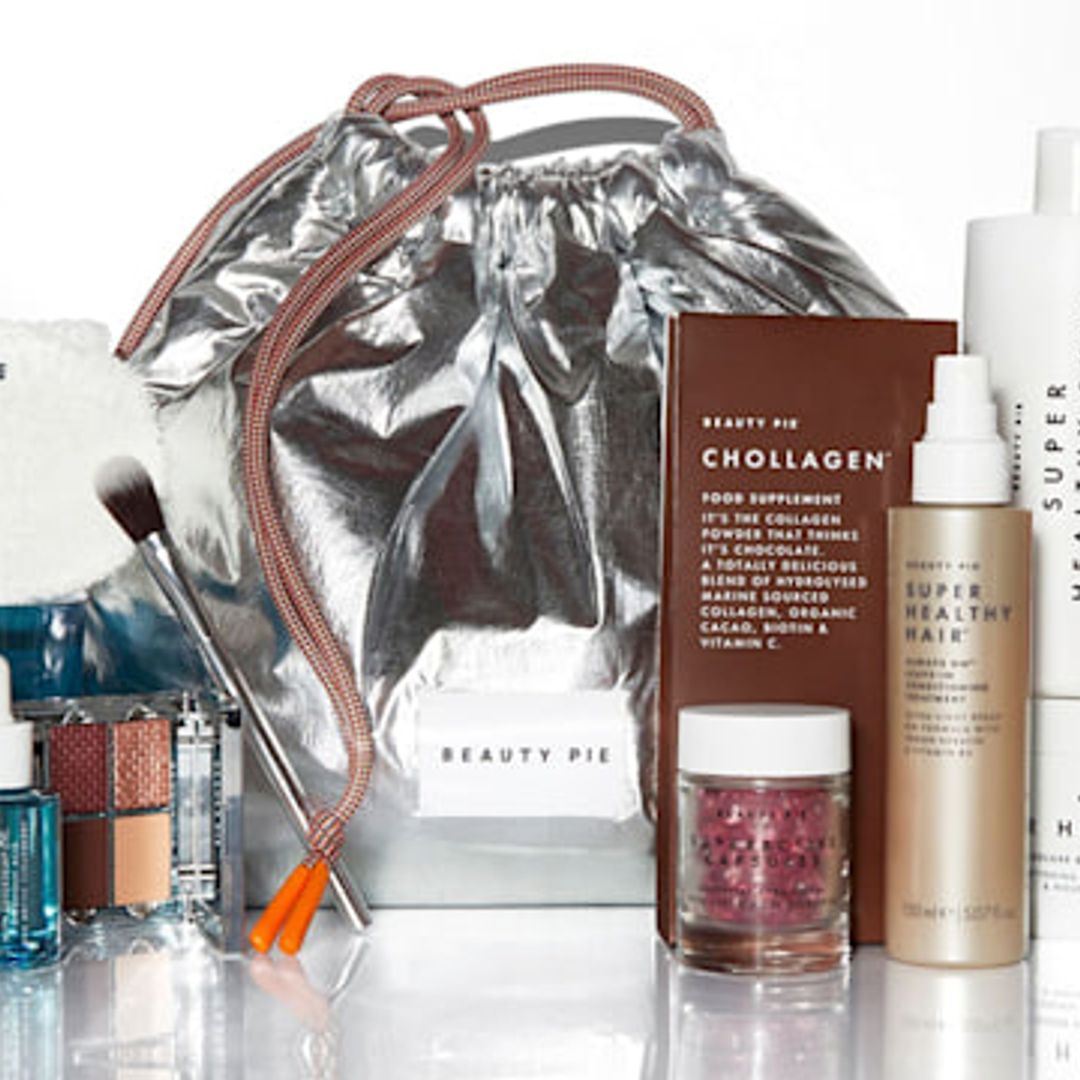Is there ever really a safe intake of alcohol? With the party season upon us it's time to uncork the truth.
Earlier this year the Government revised its advice on how much alcohol we should drink and how often we drink it. The new guidelines say that women who drink regularly should consume no more than 14 units a week; that's the equivalent to 5½ pints of beer or seven glasses of wine. What's more it also says if people drink, it should be in moderation over three or more days and that some days should be alcohol free. This means you shouldn't save up your units and drink them over one or two drinking sessions.
The UK Chief Medical Officers' Alcohol Guidelines Review is the first of its kind for more than 20 years and is a clear warning to us all. New research shows that any amount of alcohol increases the risk of cancer and that heavy drinking sessions increase the risk of accidents and injury.
So how have the guidelines changed and how will they affect you this party season?
Although the limit for women has not changed, for men it drops from 21 to 14. That's 5½ pints of beer a week. The advice is also that most days should be teetotal and that heavy drinking sessions need to be avoided – something that is hard to do at this time of year. England's Chief Medical Officer, Dame Sally Davies, said: "Drinking any level of alcohol regularly carries a health risk for anyone, but if men and women limit their intake to no more than 14 units a week it keeps the risk of illness like cancer and liver disease low."
If you want to know if you are drinking more or less than the average person in Britain, read on.
The last major study was carried out in 2015, just before the new guidelines were published, and makes for stark reading. It reveals that just under 60 per cent of British adults drink every week and a little more than ten per cent of us are drinking five or more days every week. In addition, around a third of us are drinking more than three or four units on the heaviest drinking days and of those people, half are exceeding six to eight units on heavy drinking days.
SENSIBLE DRINKING
Here's what can you do to limit the damaging effects that alcohol has on your body, yet not give up completely:
• Stay within the new guidelines
• Have a majority of alcohol-free days
• Help your body clear out the alcohol by drinking plenty of water between alcoholic drinks. It's estimated that your body needs four-parts water to every one-part alcohol to remove it from your system.
• Keep an eye on your urine. Alcohol is a diuretic; in other words it encourages your body to flush away water. If your urine is dark amber or strong smelling your body is dehydrated and if you drink alcohol this can stress your liver.
• Drink slowly. This gives your body – and more importantly your liver – time to metabolise and flush the toxins from your body.
• Never drink on an empty stomach as this floods your body with alcohol and forces your liver to work too hard. Make sure that you eat carbohydrates and fats before drinking alcohol to line the stomach, prevent nausea, hangovers and to avoid getting drunk. Food will also absorb some of the alcohol, thereby slowing its delivery into your blood stream. This allows your body to process the toxins slowly and safely.
MEASURE UP
Different wines and spirits and beers can have differing levels of alcohol, so it is not simply a question of the size of the drink. Here is a good guide to help you keep an eye on your alcohol intake
- Single shot of spirits (25ml) 1 unit
- Standard glass of wine (175ml) 2.1 units
- Large glass of wine (250ml) 3 units
- Pint of 4% strength beer 2.3 units
- Pint of 5% strength beer 2.8 units
- Pint of 8% strength cider 4.5 units











